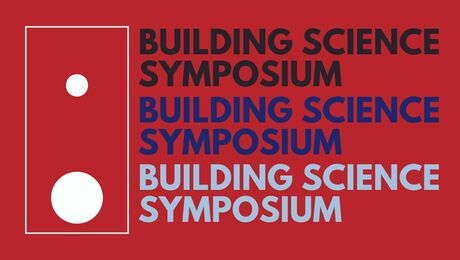How thick is it really?
I’m borrowing some calipers from work to measure the stuff, but I’m impatient…
did
<!—->Donate Online!<!—->
How thick is it really?
I’m borrowing some calipers from work to measure the stuff, but I’m impatient…
did
<!—->Donate Online!<!—->

Fine Homebuilding is excited to be the official media partner of the 2024 Building Science Symposium series! This event offers builders, tradesmen, architects, designers and suppliers to discuss topics ranging…

"I have learned so much thanks to the searchable articles on the FHB website. I can confidently say that I expect to be a life-long subscriber." - M.K.
Get home building tips, offers, and expert advice in your inbox
Fine Homebuilding
Get home building tips, offers, and expert advice in your inbox
© 2024 Active Interest Media. All rights reserved.
Get home building tips, offers, and expert advice in your inbox
Become a member and get instant access to thousands of videos, how-tos, tool reviews, and design features.
Start Your Free TrialGet complete site access to expert advice, how-to videos, Code Check, and more, plus the print magazine.
Already a member? Log in
Replies
It's probably metric. 1/2" is 12mm, 5/8" is 15mm, 3/4" is 19mm, 1" is 25mm, etc.
1/2" is 12.7mm 5/8" is 15.9mm3/4" is 19mm1" is 25.4mmjust being pedantic :-)
Those are the actual conversions. When you go to a yard for 3/4" baltic Birch plywood, most of the time, it'll be loose in a 3/4" dado because it's metric and not the metric version but a rounded off size.
"I cut this piece four times and it's still too short."
If it comes from a foreign country it is metric. If it laid up in the US it can be American sizes. Both are on the market.
did
I just went out in my garage with my calipers and measured about 20 different pieces/places.
Got anywhere from .460 to .485 When I build drawer boxes out of the stuff I consider it a full 1/2" so that it gives me the play that I need to comfortably fit the drawers guides. A little light is better then being on the strong side.
My BB has been sitting around for awhile, don't know if some of it had been sanded or if some has drawn some moisture and swelled a bit.
Doug
I measured some and it is .494 to .502
Bud
It is as close to spec as any imperial measure (inches) is, and likely a tad more close when you measure tolerances.....
First off you gotta get yer own calipers. Even cheapo calipers if you must. You will soon find them indespensible.
If yer making BB drawers, why not just figure out yer rabbets etc based on what is left, as opposed to how much you cut out.... Simple to adjust yer thinking that way.
Example, You gotta make a drawer box 21 3/4 wide by 22" deep.
You rip a bunch of 1/2" stock to depth say 4 1/2", and cut two sides 22" long.
If you cut your front and back 21 3/4" less 3/4" (yer gonna use about a 1/8 rabbet) and then you cut yer bottom the same width, and the bottom piece at the same exact 21" width and then at 22" les 3/4"= 21 1/4" then with scrap pieces, you just set yer dado head to close to 1/8", cut two pieces, and set them back to back and see if what's left is 3/4" adjust to achieve this "left over" -as opposed to trying to make a precise 1/8" rabbet.
Front back and bottom are all the same width, so you can glue and tack them together, and if yer width of the rabbet is set up to be precisely the thickness of yer stock, the sides should set in place with nary a gap showing. If there is a gap, it's gonna be small, and oftentimes judicious clamping will make it disappear, or worst case is, you pop of a front, pull the pins, and shave off a 64 or a 32 off the bottom on the jointer and reassemble.
When I'm making drawers this way, I presand the pieces with 120 on the flat and use a 50 dollar pneumatic sander in the drill press to sand the edges to a slightly radiused profile.
I pop-spray em with laquer, sand, and spray on another coupla coats.
What I'm saying, is don't think about what yer cutting away, think about what yer leaving, and problems with variance in thickness disappear.
Hope that helps.
Eric
I've never had much of an issue with thickness, using this system,
What I have encountered frequently is that the sheets are slightly out of square.
Ergo, never assume factory edges are either straight or square.
1/2" is 15/32", and 3/4 is usually 23/32". I've seen it vary between "Russian" Birch and "Baltic" Birch, so watch your rabbets.